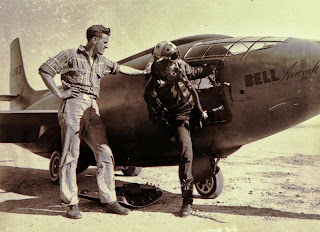John Cashman 1944-
Later, Cashman wanted to become a military pilot, but his eyesight was not perfect so he went to the University of Michigan to study aerospace engineering. There, he joined the school's flying club, eventually becoming president. He received his private pilot's license in 1965.
When he graduated in 1966, the aerospace business was booming and Cashman had job offers from seven companies, including Boeing. He took the Boeing job in Seattle in July that year. At Boeing, Cashman initially worked as a structural engineer but continued his flying with the Boeing Flying Club. His big break came in 1974, when he was hired as a flight engineer for Boeing's 747SP (special performance) program. "I never thought when I came to Boeing I would be a pilot," Cashman said. Typically, Boeing pilots had come out of the military.
In the years that followed, Cashman participated in a number of Boeing flight-test programs and in 1989 was named chief pilot for the 767 and 767X programs. The 767X became the 777. He made the first flight of the 777 on June 12th 1994. He and co-pilot Ken Higgins flew the 777 for three hours and 48 minutes -- Boeing's longest ever first flight for one of its new jetliners.









